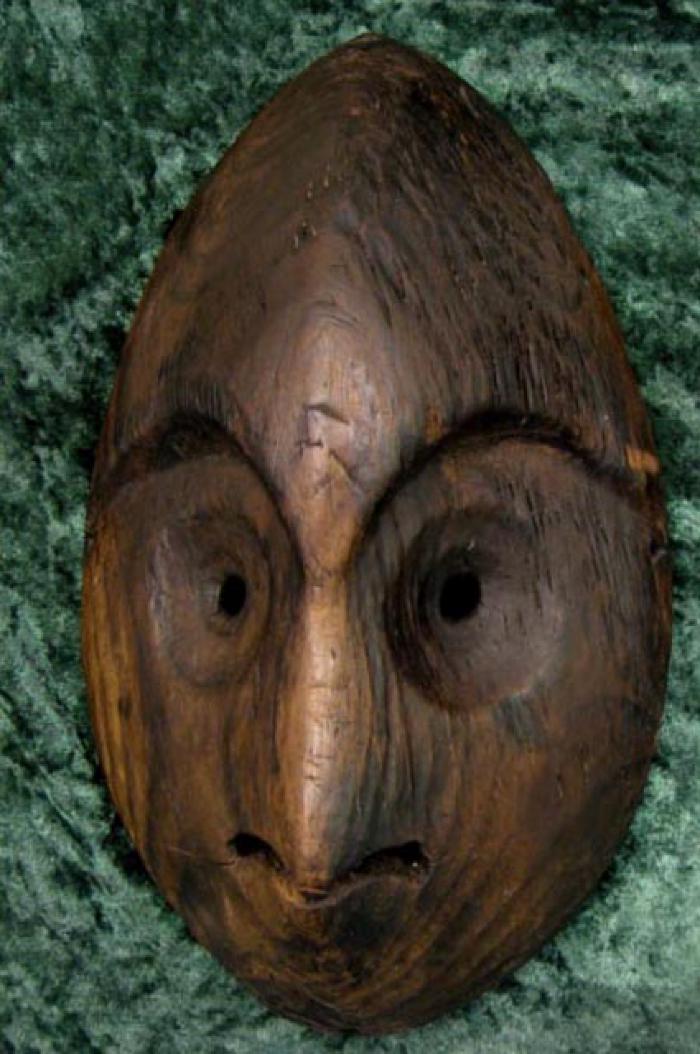Owl — Isiik

Three varieties of owls are common to the Kodiak Archipelago. The boreal owl (Aegolius funereus) and the northern hawk owl (Surnia ulula) frequent forested areas, and the short-eared owl (Asio flammeus) lives in open country.
Kodiak’s forest-dwelling owls are year-round residents. They nest in tree trunks and tend to be reclusive. These solitary, territorial animals hunt exclusively at night and are easier to hear than see. Short-eared owls, which migrate south each winter, are more visible. These birds nest in grass-lined burrows in lowland tundra, marshes, and tidal flats, often in small colonies. They eat voles, squirrels, bats, insects, and birds, which they hunt at night and in the morning.
Throughout Alaska, Native people associate nocturnal, carnivorous owls with the supernatural. Among the Łingit, owls are feared. They are believed to bring bad news, foretelling warfare, sickness, fire, and accidents with their hoots. Moreover, witches are said to transform themselves into owls. The Unangax̂ believed owls were magical and dismembered captured birds to release their powerful spirits. The Yup’ik associate owls with shamanism, due to their extraordinary vision.
Like the Yup’ik, the Alutiiq believed that owls assisted shamans. A wooden mask recovered from a late prehistoric village in Karluk features the face of a short-eared owl. This rare depiction of a bird’s face on a mask suggests that the artifact was spiritually powerful.
